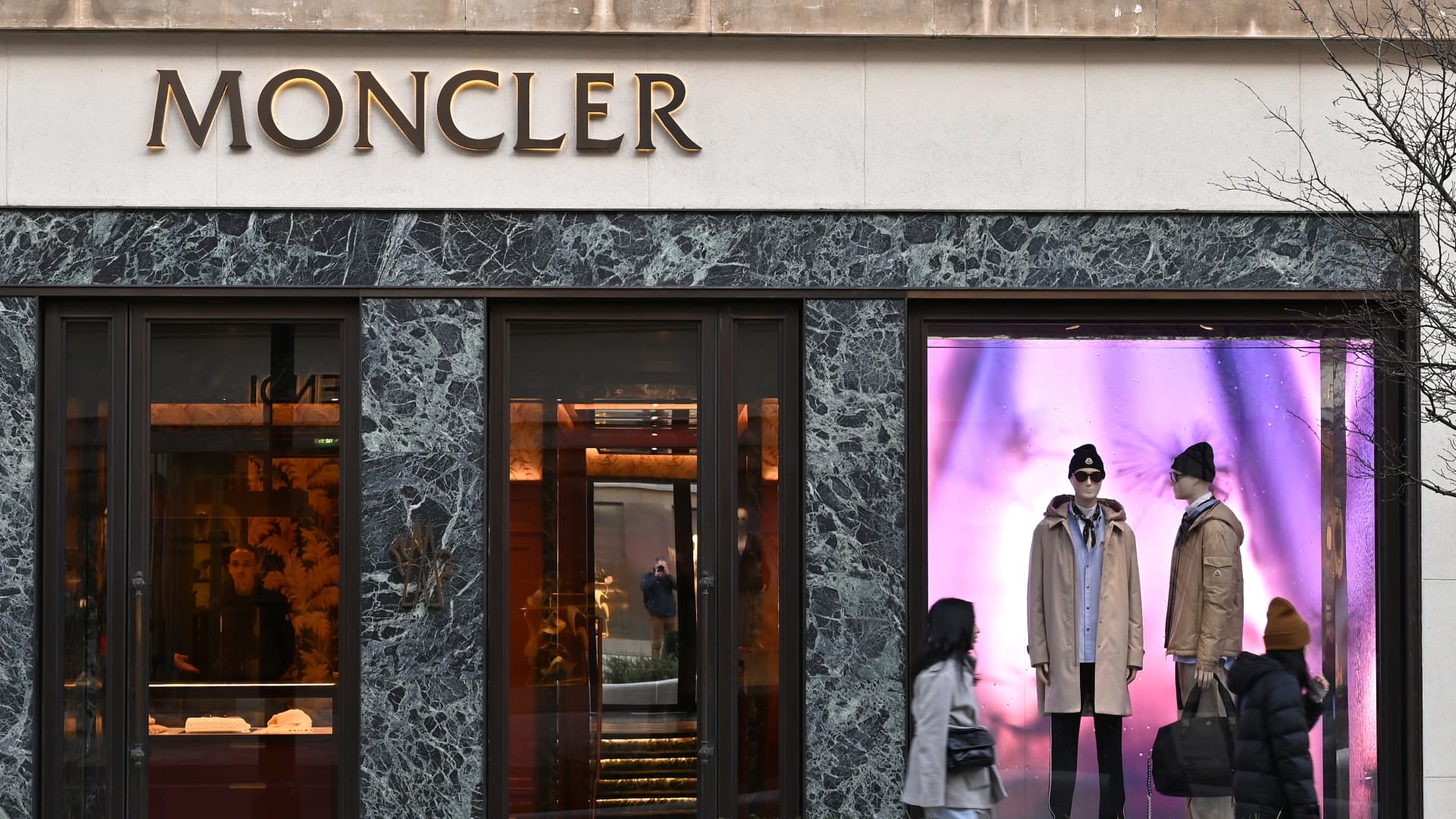In February, while luxury brand Moncler was still basking in the glow of a stellar 20% share price surge from January, fund manager Giles Parkinson made a contrarian move: he sold out. His decision, driven by subtle signals in tourist spending data, ultimately proved to be the right one. By the end of March, Moncler’s shares had plummeted over 14%, and its subsequent first-quarter results in April confirmed a growth slowdown. MONC-IT YTD line “We sold out of Montcler,” said Parkinson, head of equity at asset manager Trinity Bridge. “The reason, the proximate cause for that, in isolation, was a more cautious assessment of the future growth of the luxury industry than we had before.” Parkinson’s caution wasn’t borne out of analyst reports, hushed industry whispers, or traditional financial modeling, but from what he called a “good short-term guide to luxury industry writ large”: the spending patterns of international tourists. Tourism spending data as a proxy Parkinson, who manages about £5 billion ($6.7 billion) in assets across several funds, said his decision to close his Moncler position partly stemmed from data provided by Global Blue, a firm which helps tourists and retailers with tax refunds. Typically, tourists can claim a refund on the sales tax or value added tax component of their total bill, which is often significantly large when making high-end luxury goods purchases. “More than 50% of luxury goods purchases are made by people travelling,” said Luca Solca, head of luxury goods equities research at Bernstein. “This was the situation pre Covid-19, and we are now back to it.” Global Blue’s data for Europe, which is a significant destination for luxury goods shoppers, indicated a year-on-year growth of +9% for February, a 10-percentage-point deceleration from the 19% recorded in January. “We found, on a month-to-month basis, that’s quite a good proxy for almost the trading health of the overall luxury industry,” Parkinson said. “There wasn’t anything notable affecting the comparative period or calendar effects or travel disruption,” Parkinson noted. This clean signal, free from obvious distorting factors, amplified its significance. Even Japan, another destination for luxury goods shoppers from China, “also showed a deceleration in February,” albeit with some Chinese New Year timing nuances. The numbers, though, were unambiguous for Parkinson, telling a story which he expected the companies in the luxury goods sector to echo in a few weeks. The data-driven conclusion the Trinity Bridge fund manager had arrived at was also contrary to the market sentiment at the time, which was expecting a long rebound in the luxury sector after a trough at the end of 2024. “Our assessment was that investors were looking for acceleration. [Fourth quarter] 2024 being the bottom for luxury was maybe going to be mis-founded,” Parkinson added. The divergence between his data-led view and market hopes was key to his decision to divest Moncler. Global Blue’s weak February European shopper data released on March 5 did indeed work as a catalyst. Moncler’s stock, which had traded buoyantly, reversed and gradually ended March with a painful 14.4% decline. Moncler confirms the trend Moncler’s first quarter 2025 report on April 16, while not disastrous, painted a clear picture of a company navigating choppier waters. The group’s global sales rose by 1% to 829 million euros ($936.4 million). Crucially, the flagship brand Moncler saw sales rise only 2% and its crucial Europe, Middle East, and Africa region fell by 1%. The softening trend in tourist spending lingered. Global Blue’s March 2025 data, released on April 9th, showed European tax-free sales growth decelerating further to +7% year-on-year. Parkinson is also not alone in using alternative and publicly available data to make trading decisions, and its impact may not be limited to the luxury sector stocks. Deutsche Bank and RBC Capital Markets analysts have also cited the use of tax-free shopping data in their assessments. “While this is not a direct read on cross-border transactions, we view it as a strong proxy for certain key European and Asian markets,” said Daniel Perlin, analyst at RBC who rates fintech companies such as Visa , Mastercard , PayPal and Shift4 . Bernstein’s Solca said that while Global Blue is the “absolute leader” in the tax-free shopping data, he cautioned that investors should use it as only one factor in making investment decisions. “They are one piece of a bigger mosaic, I would think,” Solca added.





